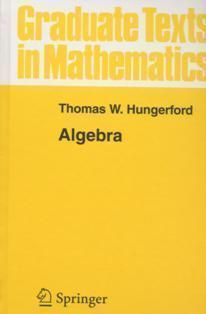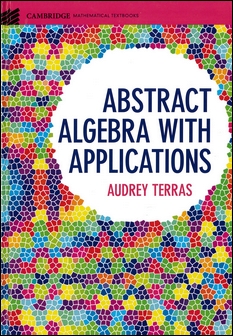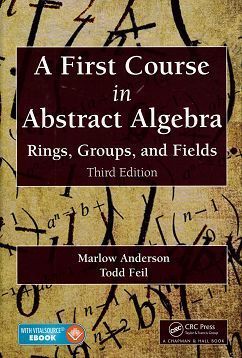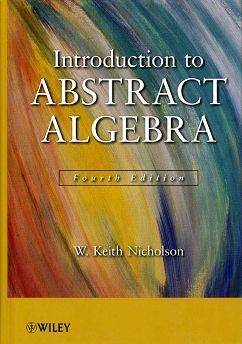書籍分類
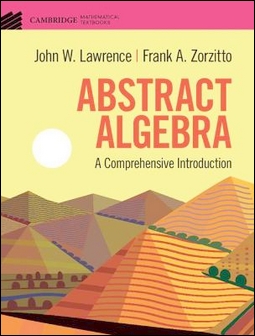
Abstract Algebra: A Comprehensive Introduction
作者:John W. Lawrence, Frank A. Zorzitto
原價:NT$ 1,550
ISBN:9781108836654
版次:1
年份:2021
出版商:Cambridge University
頁數/規格:638頁/精裝單色
參考網頁:International Business 9/e
版次:1
年份:2021
出版商:Cambridge University
頁數/規格:638頁/精裝單色
參考網頁:International Business 9/e
內容介紹 目錄 作者介紹
- Description
- Balances accessibility with rigor, allowing motivated students to gain mastery of advanced topics
- Takes a 'definitions first, examples next' approach, striking the right balance between abstract material and its motivation
- Prepares students for advanced studies in mathematics by offering a uniquely wide base of knowledge in key topics
- Coverage includes: finite abelian groups, Sylow theory, semi-direct products, solvable groups, unique factorization, irreducibility of polynomials, Galois theory and solvability by radicals, ruler and compass constructions, module theory over principal ideal domains, and a novel approach to Gröbner bases
Through this book, upper undergraduate mathematics majors will master a challenging yet rewarding subject, and approach advanced studies in algebra, number theory and geometry with confidence. Groups, rings and fields are covered in depth with a strong emphasis on irreducible polynomials, a fresh approach to modules and linear algebra, a fresh take on Gröbner theory, and a group theoretic treatment of Rejewski's deciphering of the Enigma machine. It includes a detailed treatment of the basics on finite groups, including Sylow theory and the structure of finite abelian groups. Galois theory and its applications to polynomial equations and geometric constructions are treated in depth. Those interested in computations will appreciate the novel treatment of division algorithms. This rigorous text 'gets to the point', focusing on concisely demonstrating the concept at hand, taking a 'definitions first, examples next' approach. Exercises reinforce the main ideas of the text and encourage students' creativity.




